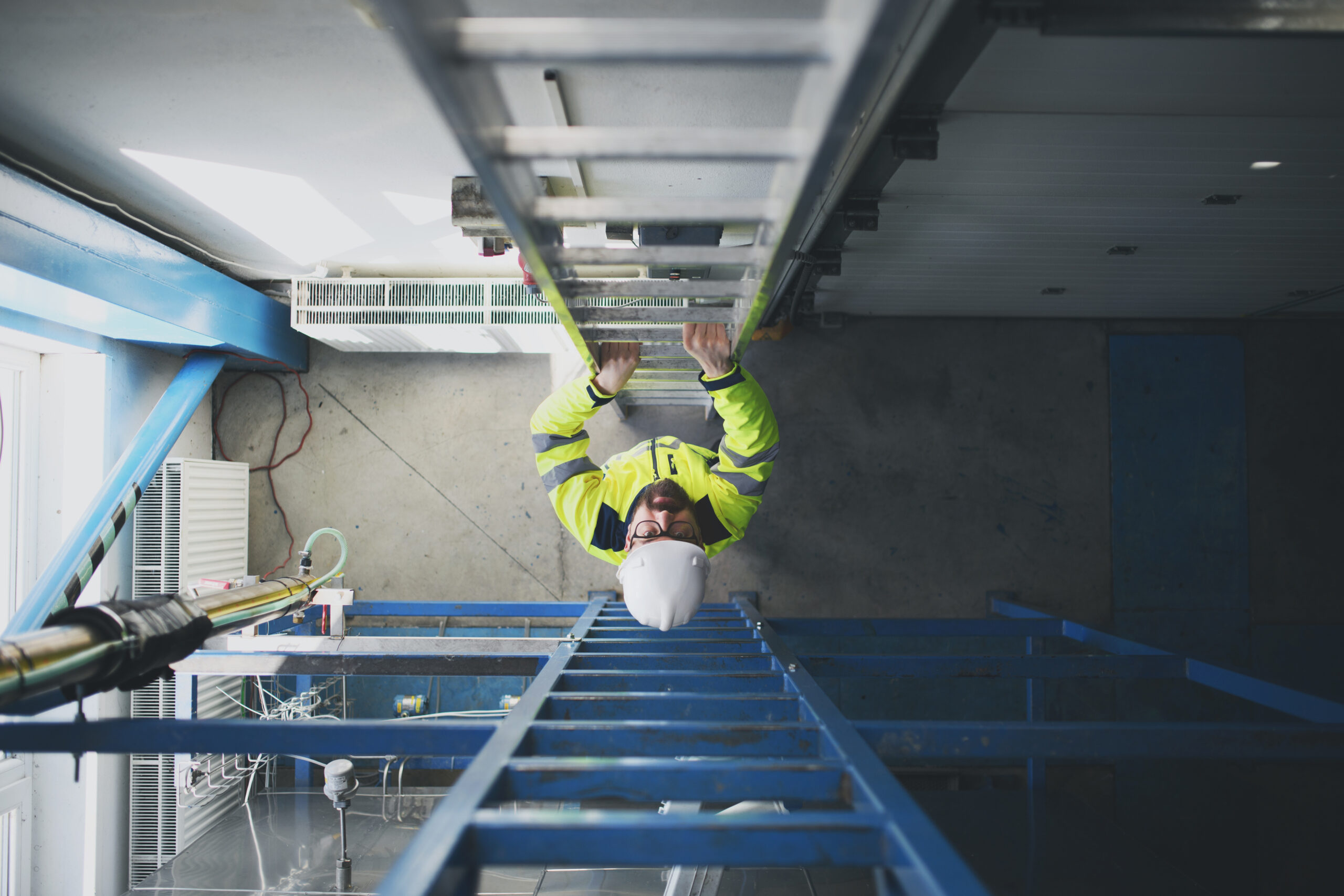Enhancing Fall Safety in the Workplace

Understanding the Importance of Fall Safety
Falls are a leading cause of workplace injuries and fatalities, making fall safety a critical concern for all organizations. The National Association of Safety Professionals (NASP) is dedicated to promoting best practices for fall prevention, emphasizing the importance of creating a safe work environment. This focus aims to raise awareness and provide practical solutions to mitigate these common hazards.
Key Strategies for Enhancing Fall Safety
- Conduct Comprehensive Risk Assessments
The first step in enhancing fall safety is to conduct thorough risk assessments. Identify all areas where falls are likely to occur, such as wet or uneven surfaces, staircases, and areas with high foot traffic. Assess the adequacy of existing safety measures and identify any gaps that need to be addressed.
- Implement Engineering Controls
Engineering controls are physical modifications to the workplace designed to reduce the risk of falls. These can include:
- Adopt Administrative Controls
Administrative controls involve changes to work procedures and policies to enhance safety.
- Provide Personal Protective Equipment (PPE)
Providing employees with the appropriate PPE can significantly reduce the risk of falls.
- Deliver Comprehensive Training
Training is a crucial element of fall prevention. Educate employees about the hazards associated with falls and the importance of following safety protocols.
- Foster a Culture of Safety
Creating a culture of safety involves engaging all employees in safety initiatives and encouraging them to take an active role in maintaining a safe work environment.
NASP’s Commitment to Fall Safety
NASP is committed to providing resources and training to help organizations enhance their fall safety measures. Our goal is to equip safety professionals with the knowledge and tools necessary to create safer workplaces. By implementing the strategies outlined above, organizations can significantly reduce the risk of falls and create a safer environment for their employees.
Falls are a significant cause of workplace injuries and fatalities, but with proactive measures and a commitment to safety, they can be prevented. NASP encourages all organizations to take the necessary steps to implement comprehensive fall prevention strategies, provide necessary training, and foster a culture of safety. By doing so, we can protect our workforce and create safer work environments for everyone.
For more information and resources on fall safety and other workplace safety topics, visit the NASP website.
Blog Posts
Latest Posts
Related Posts




